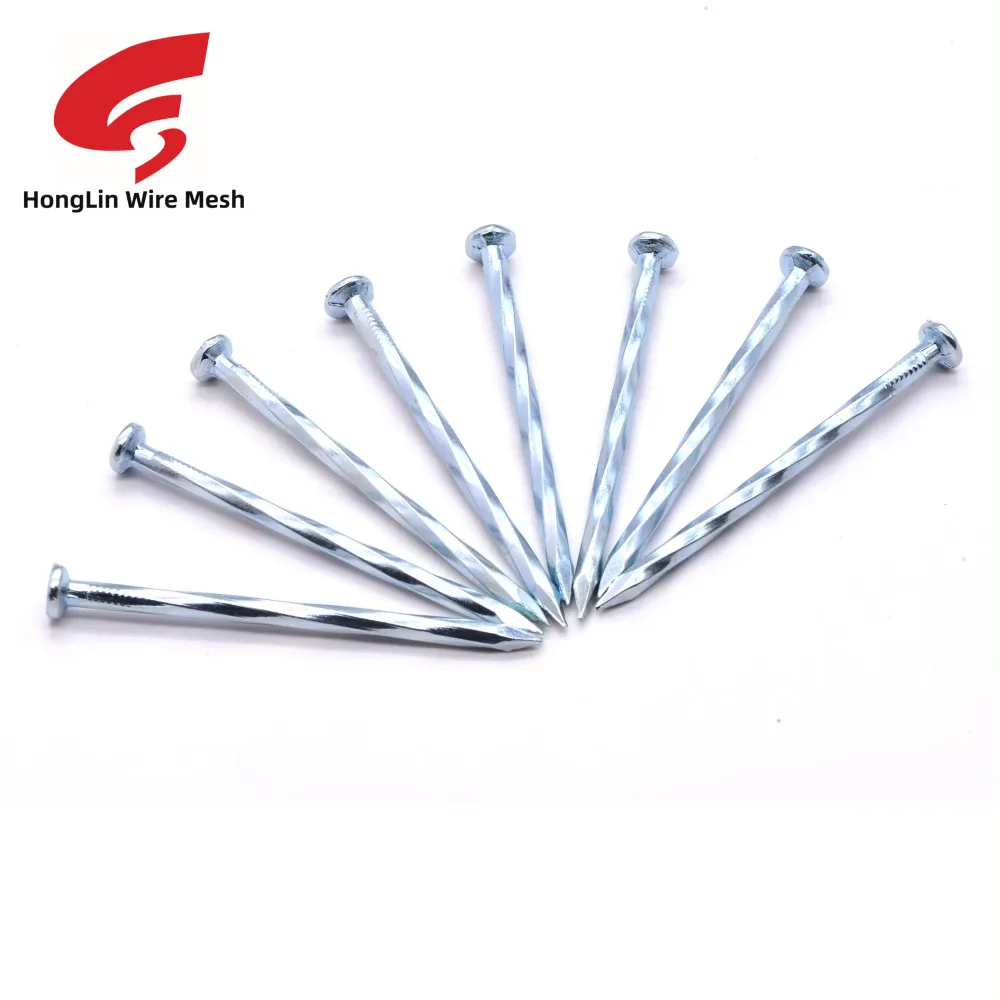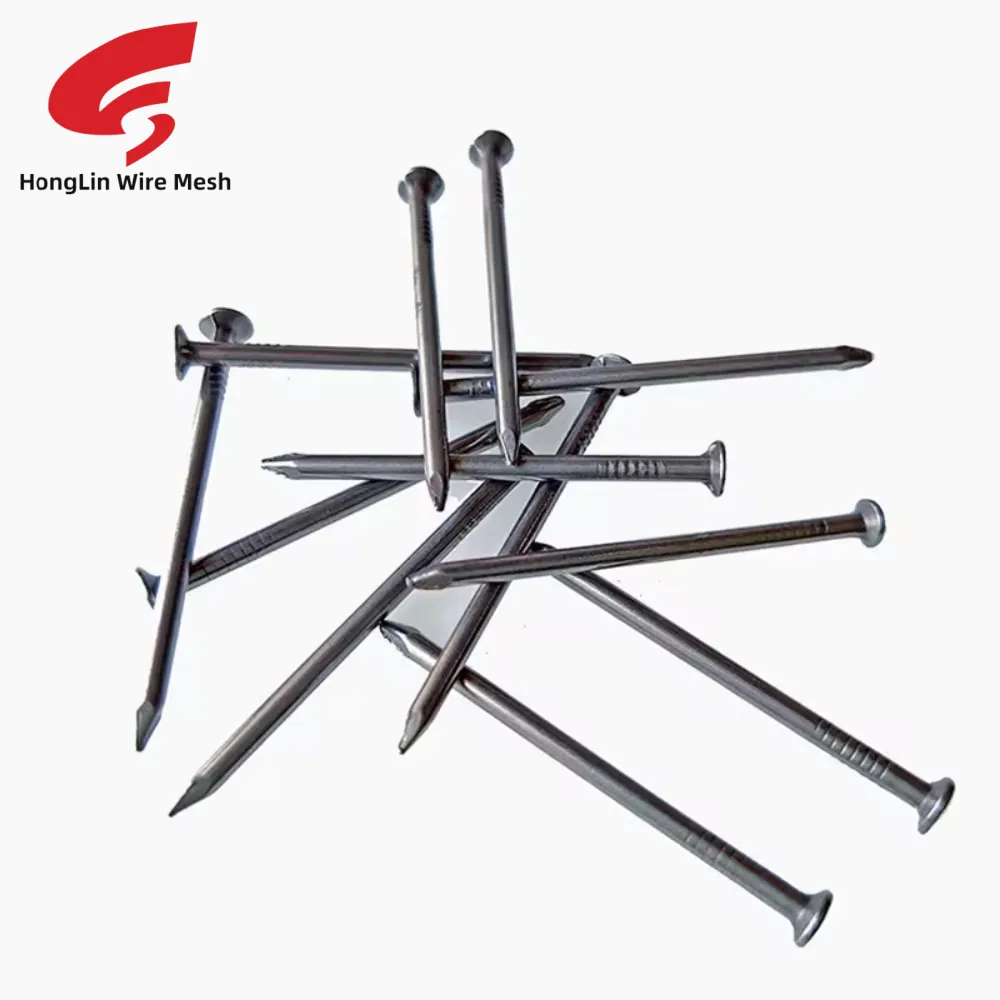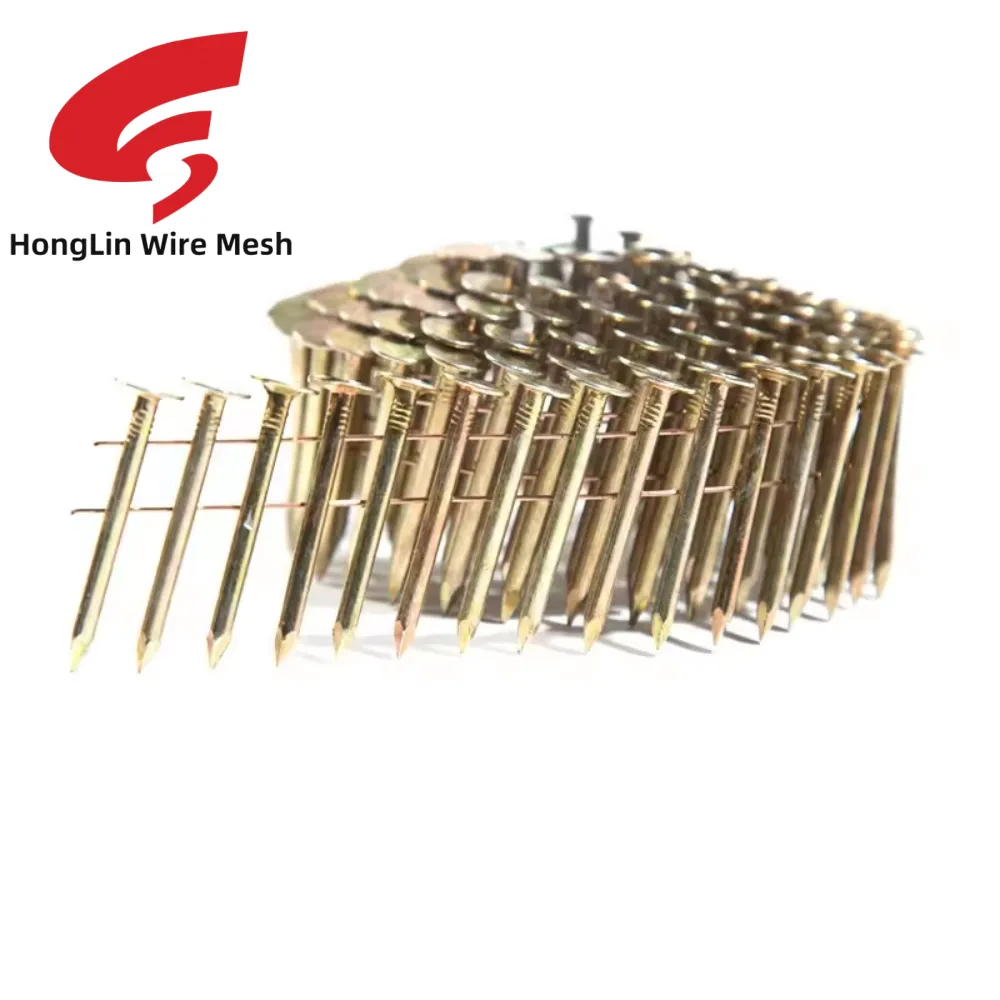- Afrikaans
- Albanian
- Amharic
- Arabic
- Azerbaijani
- Belarusian
- Bulgarian
- Croatian
- Czech
- Danish
- Dutch
- English
- Estonian
- Finnish
- French
- German
- Greek
- Hungarian
- Indonesian
- Italian
- Japanese
- Javanese
- Korean
- Latvian
- Lithuanian
- Macedonian
- Malay
- Maltese
- Nepali
- Norwegian
- Persian
- Polish
- Portuguese
- Romanian
- Russian
- Serbian
- Sinhala
- Slovak
- Slovenian
- Spanish
- Swahili
- Swedish
- Tagalog
- Tamil
- Thai
- Turkish
- Ukrainian
- Urdu
- Uzbek
- Vietnamese
Do You Know The Difference Between Common Nails, Box Nails And Sinker Nails?
Nails are essential fasteners used in construction, woodworking, and various industrial applications. Common, box, and sinker nails are three distinct types of nails, each with unique characteristics and applications. This article will explore the differences and applications of common, box, and sinker nails, providing insights into their specific uses in construction and carpentry.
Common Nails: Versatility and General Construction
Common nails, also known as framing nails, are the most widely used type of nail in construction and carpentry. They feature a smooth shank and a conical-shaped head, providing strong holding power and versatility for various applications. Common nails are suitable for general framing, rough carpentry, and outdoor construction projects, including framing walls, installing subflooring, and building fences. Their robust design and high shear strength make them ideal for heavy-duty structural applications.
Box Nails: Finishing and Light Construction
Box nails, also referred to as common box nails, are similar in appearance to common nails but have a thinner shank and a smaller, flatter head. They are commonly used for light construction, interior finishing, and trim work. Box nails are suitable for attaching moldings, trim, and paneling, as well as for assembling wooden boxes and crates. Their smaller size and reduced splitting tendency make them ideal for applications where a more delicate touch is required.

Sinker Nails: Subflooring and Decking Applications
Sinker nails, also known as spiral shank nails, feature a twisted or spiral shank that provides enhanced holding power and resistance to withdrawal. They are specifically designed for fastening subflooring, decking, and other structural wood-to-wood connections. Sinker nails are ideal for applications where high withdrawal resistance and increased holding power are essential, such as securing plywood, OSB (oriented strand board), and deck boards.
Common Nails, Box Nails And Sinker Nails Differences and Considerations:
The primary differences between common nails, box nails and sinker nails lie in their shank design, head type, and intended applications. Common nails are suitable for general framing and heavy-duty construction, while box nails are ideal for finishing and light construction. Sinker nails, with their spiral shank, provide superior holding power for subflooring and decking applications.
In conclusion, common, box, and sinker nails each serve specific purposes in construction and carpentry, offering versatility and strength for various applications. Understanding the differences and intended uses of these nails is essential for selecting the appropriate fastener for specific projects, ensuring structural integrity, and achieving optimal performance in construction and woodworking applications.
-
Iron Wire Mesh's ToughnessNewsAug.28,2025
-
Iron Wire Mesh's toughness and diverse applicationsNewsAug.28,2025
-
Green Wire Fencing: A New Model for Ecological ProtectionNewsAug.28,2025
-
Black Iron Nails: The Strength of Resilience in a Low profileNewsAug.28,2025
-
Barbless Wire: The Perfect Fusion of Flexibility and SafetyNewsAug.28,2025
-
A metal poem interwoven vertically and horizontally: The multidimensional application legend of Wire MeshNewsAug.28,2025



